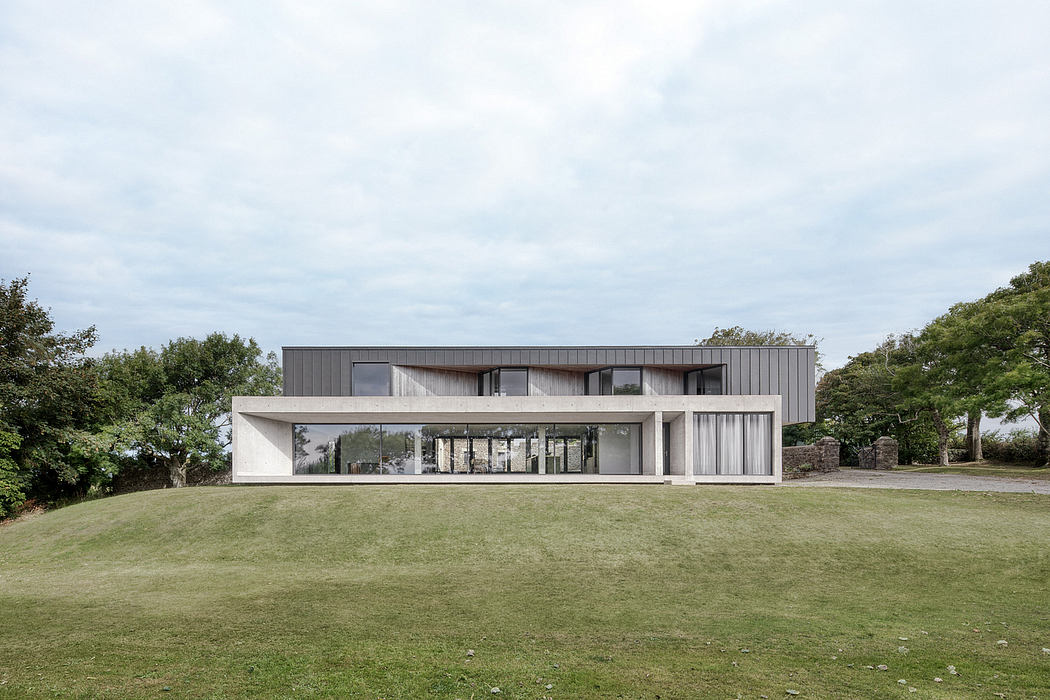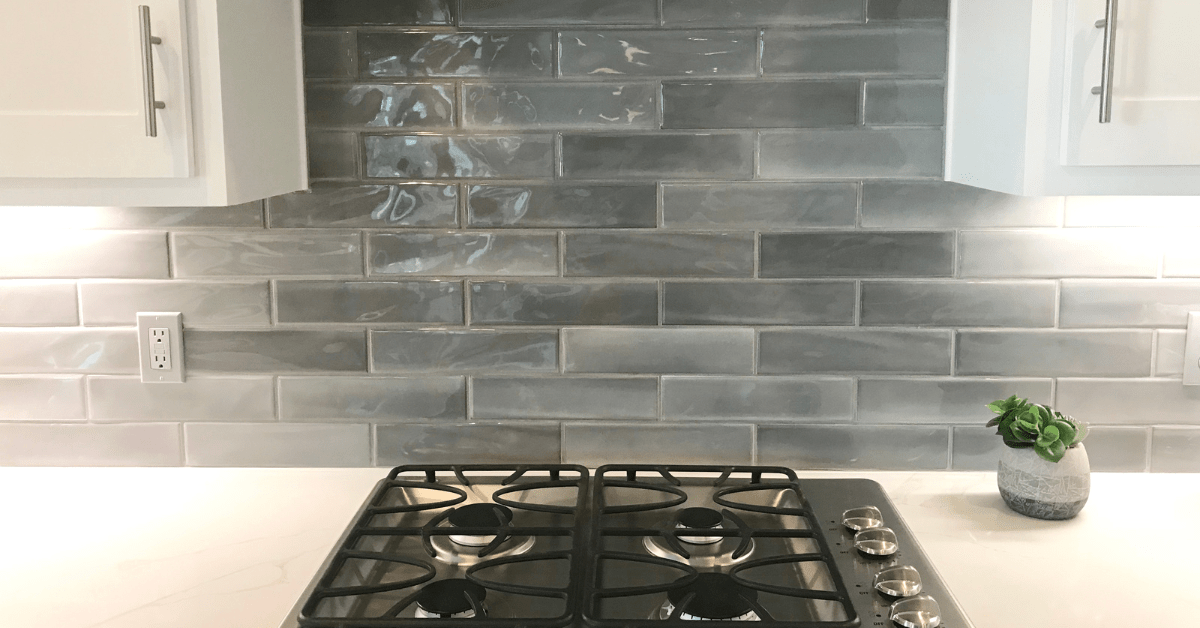The number of rent-burdened U.S. households is falling as populations shift

Recent affordability gains for renters may be masked by an increase of wealthier, highly educated apartment-dwellers, says NYU report Good news in the nation?s battle for housing affordability?a decrease in the percentage of U.S. renters considered rent-burdened, defined as spending more than 30 percent of their income on housing?may in part be shaded by the fact that an increasingly wealthy group of Americans have entered the rental population.
Those are a few of the observations drawn from the 2017 National Rental Housing Landscape, a report released this afternoon by the Furman Center at New York University. The report, which focused on data from 2012-2015, the recovery years of the recession, highlights the breadth of the affordability crisis, and the ways that imbalances in supply across the housing market are exerting cost pressures. Despite positive signs, such as the drop in rent-burdened households in the nation?s 53 biggest metro areas from 48.9% to 47.7% between 2012 and 2015, other data points underlined the nation?s housing challenges. Despite the drop, the number of rent-burdened households is still far above pre-recession figures. Median rent grew faster than inflation in nearly every major metro area, especially already high-cost areas on the coasts. In many cases, renters paid what researchers calls a premium for newly available units; apartments that entered the market in the previous year cost more than others, making it more expensive to move. T...
| -------------------------------- |
| Safdie Architects' staggered Qorner tower for Quito to feature "hillside of terraces" |
|
|












